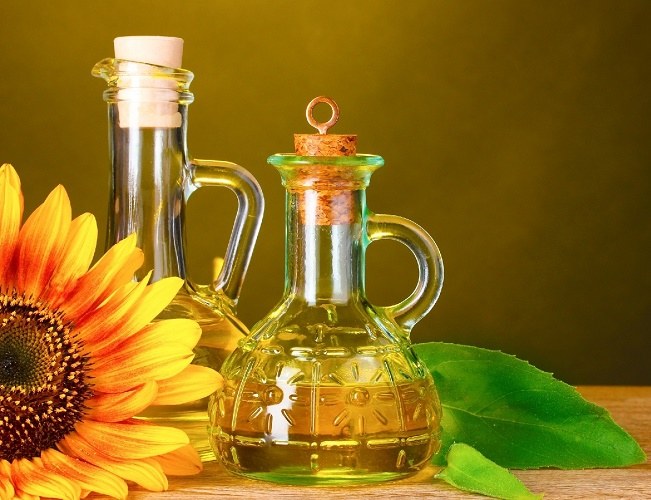Instruction
1
An important criterion in determining suitable oil for frying or not, is the temperature at which above the oil begins to rise light smoke. From that moment oil, no matter how good it initially was, begins to transform into a pretty dangerous substance. Smoke arises as a result of oxidation and subsequent splitting of individual fatty acid on acrolein and other harmful substances.
2
First be cleaved unsaturated fatty acids, the more their contents in the oil, the sooner it will begin to smoke and the less suitable for frying. Vegetable oil, considered to be particularly useful, for example, unrefined olive, contain large amounts of omega-3 and omega-6 acids, which are extremely important for human health. They strengthen the walls of blood vessels, thin the blood, lower cholesterol. And these acids start to burn first, as soon as the temperature reaches 150°C, which immediately makes this oil totally unsuitable for frying.
3
Therefore it is necessary to pour in the pan, only the oil that contain in their composition more than 50% saturated fatty acids, are able to withstand significant heat. Such oils are: soybean (starts to burn at 234°C), sesame (230°C), refined olive (230°C), palm (220°C), sunflower (220), coconut (200), grape seed oil (190°C), special Margarines (170°C and above). Butter for frying is not suitable, but if you melt down by removing fluid and milk protein, it can be successfully fry any foods at temperatures up to 200°C.
4
The greatest number of disputes is around the varieties of olive oil. To determine which one is suitable for frying and what not, very simple. It is necessary to look, whether there is on the label the words "cold pressed". Cold pressed oil begins to burn at about 160°C. In the process of refining oil becomes more stable and can easily tolerate temperatures up to 200°C, which immediately makes it suitable for frying.
Note
There are vegetable oils, which are produced only by cold pressing - they do not tolerate heat. Such oils include: flax, burdock, oil of walnuts or pumpkin seeds. Percentage of unsaturated acids in them are so high that they will start to burn before they can reach the required temperature.
